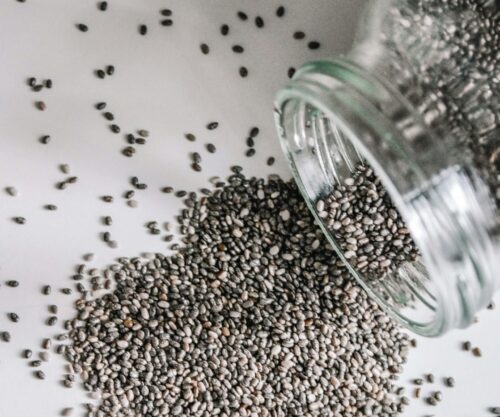
Cryotherapy is a technique used to expose the body to extremely cold temperatures for several minutes. Although it may not be the number one option on people’s lists as a way to heal the body, cryotherapy is used by many for its life-changing health benefits.
According to Healthline, cryotherapy can be delivered to one area or the whole body. There is also localised cryotherapy which includes the following: Ice packs, ice massage, coolant sprays, or ice baths.
When assisted by a professional, a person will enter an enclosed chamber surrounding their body with an opening for their head at the top. The air in the chamber will then drop between negative 128 to 184 degrees Celcius with the person standing in it for between two to four minutes (also depending on the treatment chosen).
Below are a few benefits of cryotherapy as explained by Healthline.
- Reduces arthritic pain: A study found that the treatment of cryotherapy was well-tolerated and, as a result, allowed for more aggressive physiotherapy and occupational therapy, ultimately making rehabilitation programmes more effective.
- Treats migraine symptoms: Cryotherapy helps reduce migraine symptoms by numbing and cooling nerves in the neck area. According to a study, applying cold temperatures to the carotid arteries in the neck significantly reduced migraine pain in those tested.
- Treats atopic dermatitis and other skin conditions: Due to the treatment’s ability to improve antioxidant levels in the blood while simultaneously reducing inflammation, both localised and whole-body cryotherapy can help treat atopic dermatitis.
- Helps treat mood disorders: The super-cold temperatures in cryotherapy can cause physiological hormonal responses, including the release of adrenaline, noradrenaline, and endorphins. This can have a positive effect on those experiencing anxiety and depression.
- Numb nerve irritation: Many athletes use cryotherapy to numb pain – an irritated nerve. To help treat the affected area, doctors will insert a small probe into the nearby tissue.
Note that the most common temporary side effects of cryotherapy include numbness, tingling, redness, and irritation of the skin. Consult your doctor if the side effects do not resolve within 24 hours.
Also see: What happens to your body when you stop drinking alcohol




